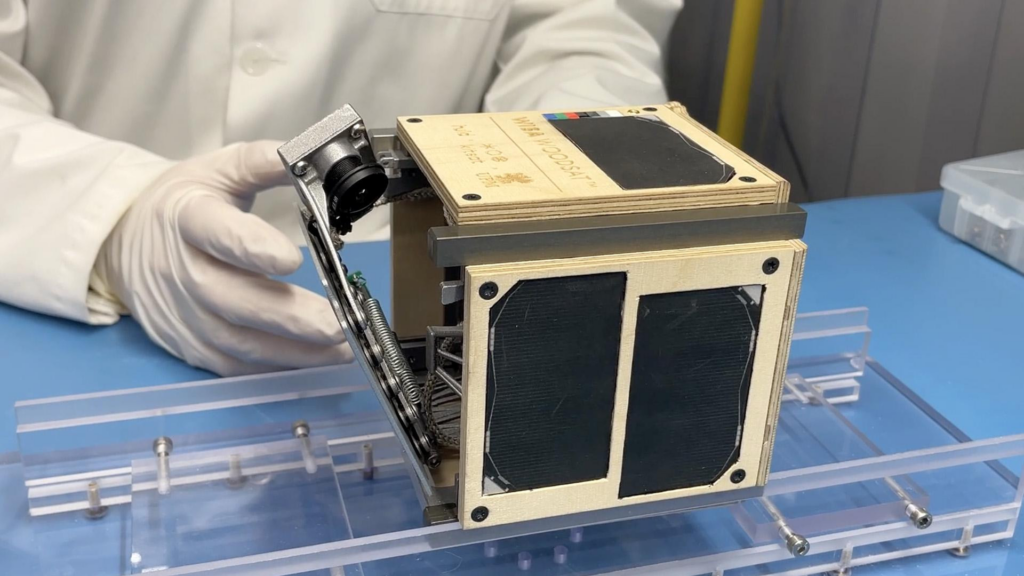An international team of scientists led by Kyoto University in Japan effectively evaluated the use of wood as a construction material on the International Space Station (ISS).
According to a press release, the team tested the durability of space wood and discovered that it exhibited minimal deterioration and excellent stability.
The samples were chosen as potential materials for the impending satellite made of timber, LignoSat. Scientists are increasingly focusing on wood as a viable, sustainable construction material for small satellites, which is surprisingly surprising.

Magnolia is highlighted by scientists as the optimal space timber
Wood samples aboard the Japanese Experiment Module Kibo of the ISS were subjected to a preliminary inspection that included strength tests and elemental and crystal structural analyses by the team behind the space wood test.
The various timber samples were launched into space last year and retrieved by Japan Aerospace Exploration Agency (JAXA) astronaut Koichi Wakata, who flew to the International Space Station (ISS) on SpaceX’s Crew-5 mission. Then, SpaceX’s CRS-26 Commercial Resupply Service mission returned them to Earth.
Ten months were spent exposing wood samples to the severe conditions of space, including extreme temperature fluctuations, cosmic radiation, and solar particles. Tests revealed that no decomposition or deformations, such as surface damage, distortion, or mass change, had occurred.

The research team determined that Magnolia wood should be used to construct the forthcoming LignoSat due to its high workability and durability.
Why use timber in the cosmos?
Kyoto University and Sumitomo Forestry, a Japanese forestry corporation, announced the LignoStella Space Wood Project in April 2020 in an effort to develop wood-based satellites that are sustainable. The project’s name is derived from the fact that “ligno” means wood-related and “stella” means star.
Surprisingly, wood can also help enhance CubeSat (tiny satellite) designs. Due to the fact that electromagnetic radiation can pass through wood, wooden satellites can use a simplified design in which components such as antennas are located inside, as depicted in the image below.
When reentering the Earth’s atmosphere, wood will also completely burn up. In contrast to the metals used for conventional satellites, it will not emit hazardous substances such as alumina particles.
Next year, the LignoStella Space Wood Project intends to launch its first artificial satellite made of wood into orbit. WISA WOODSAT was scheduled to launch the “world’s first wooden satellite” into space on a Rocket Lab Electron launch vehicle in 2021, but the launch was delayed and has not yet occurred.
In the case of WISA WOODSAT, the outer plywood veneer of the satellite was intended to symbolize the sponsorship of plywood manufacturer WISA. However, its creators have recently emphasized the sustainable advantages of wood as a space material.
